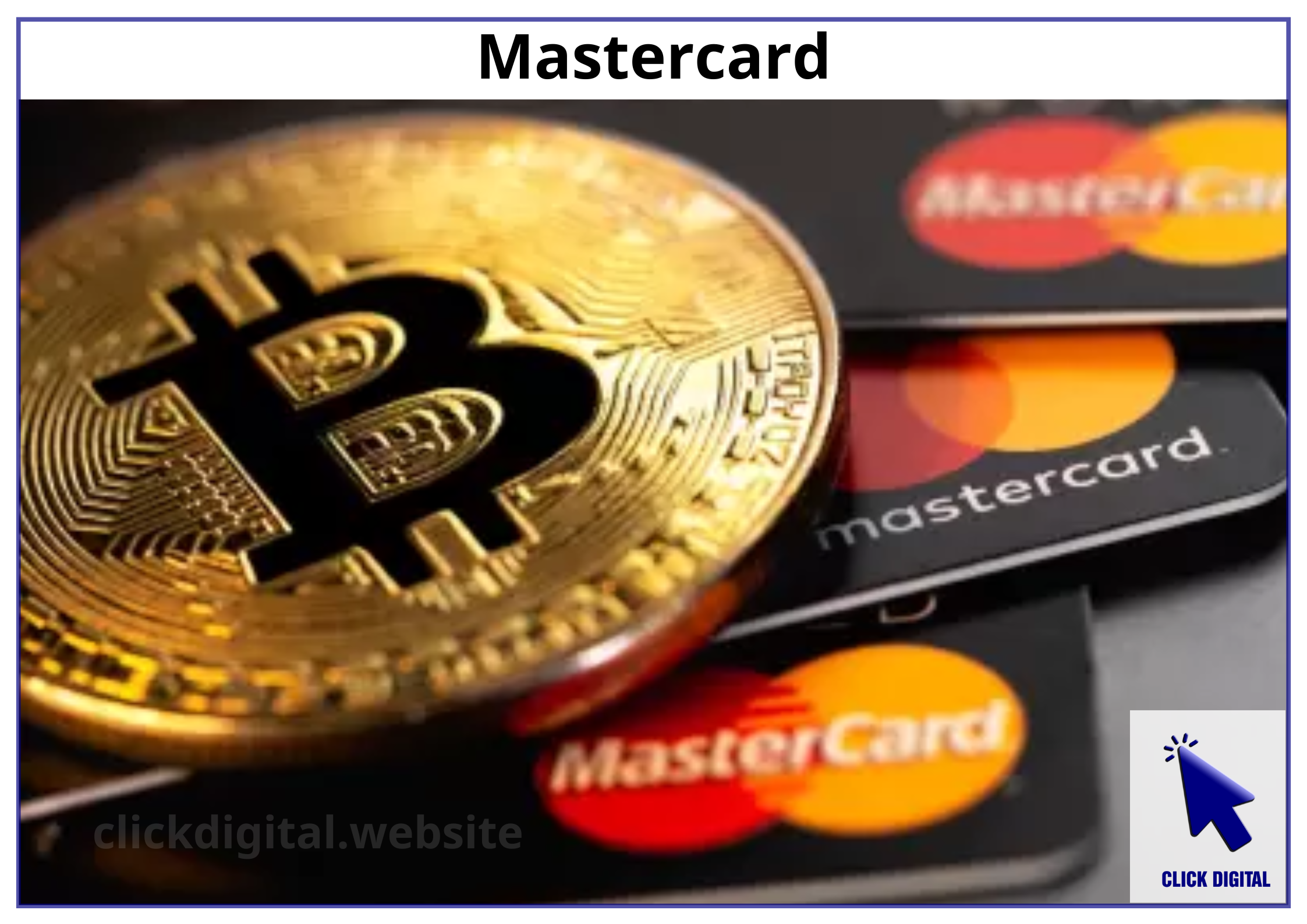Key Takeaways:
- Mastercard will enable merchants to receive payments in stablecoins like USDC.
- The company is partnering with OKX, Nuvei, Circle, and others to launch a full 360-degree stablecoin payment ecosystem.
- Mastercard’s Crypto Credential and Multi-Token Network aim to simplify crypto payments and real-world asset settlement.
Table of Contents
Mastercard Advances Stablecoin Payments for Global Commerce
Mastercard has officially expanded its support for stablecoin payments, marking a significant step in bridging cryptocurrency with mainstream financial services. Through a series of partnerships with industry leaders such as OKX, Nuvei, Circle, and Paxos, Mastercard is creating a seamless ecosystem where consumers can spend stablecoins and merchants can receive them.
Announced on April 28, 2025, the initiative introduces a full 360-degree stablecoin framework that covers wallet integration, card issuance, merchant settlement, and cross-border remittances. Mastercard emphasized that increasing global regulatory clarity has accelerated the transition of stablecoins from trading tools to essential instruments for efficient and programmable payments.
Mastercard’s Chief Product Officer, Jorn Lambert, stated that unlocking the potential of stablecoins is critical to giving people and businesses the freedom and choice they deserve in an evolving financial landscape.
New Payment Options with Stablecoins Through OKX and Nuvei
A major highlight of the initiative is Mastercard’s partnership with crypto exchange OKX to launch the OKX Card. This card will link OKX’s Web3 and trading infrastructure directly to Mastercard’s vast merchant network, enabling users to easily spend stablecoins stored in their wallets at over 150 million merchant locations worldwide.
OKX’s Chief Marketing Officer, Haider Rafique, pointed out that the OKX Card reflects a strong commitment to making digital finance more accessible and relevant to daily life, moving stablecoins from speculation into practical use.
Alongside OKX, Mastercard’s collaboration with Nuvei and Circle will allow merchants to settle transactions directly in stablecoins such as USDC, regardless of how consumers choose to pay. This model provides businesses with new flexibility while reducing reliance on traditional banking systems.
Phil Fayer, CEO of Nuvei, highlighted that the partnership is about offering innovative solutions that bridge traditional and digital finance, helping merchants adapt and thrive.
Simplifying Stablecoin Usage for Consumers
Stablecoin spending is also set to become more intuitive. Mastercard’s integration with platforms like MetaMask, Kraken, Gemini, Bybit, Crypto.com, and Binance enables users to earn rewards, pay, and spend stablecoins via familiar traditional cards.
Through Mastercard Move, users will also have the ability to withdraw stablecoins directly into their bank accounts, eliminating previous friction between crypto assets and fiat systems.
Ale Machado, Product Lead at MetaMask Card, mentioned that the collaboration with Mastercard is about empowering users with seamless access to the Web3 economy while maintaining self-custody and choice.
Enhancing Remittances and Real-Time Settlement
Recognizing the inefficiencies in current cross-border payments, Mastercard introduced the Crypto Credential system. This solution replaces long, complex wallet addresses with simple, verified usernames, allowing users of exchanges like Wirex, Bit2Me, Lirium, Coins.ph, and Mercado Bitcoin to send and receive digital assets more securely.
Furthermore, the Multi-Token Network (MTN) connects deposit accounts to tokenized assets, enabling partners such as Ondo Finance to access real-world tokenized instruments. The MTN, already linked with financial heavyweights like JPMorgan Chase and Standard Chartered, is positioned to revolutionize real-time settlement across currencies and markets.
Mastercard’s approach reflects a broader market trend: according to the Federal Reserve Bank of Atlanta, as digital assets gain wider acceptance, stablecoins have the potential to rival traditional credit and debit cards.
Challenges and Market Perspectives
Despite the strong push, Mastercard’s move into stablecoin settlement comes amid a backdrop of challenges. Merchant adoption of stablecoins still faces hurdles such as regulatory uncertainty, fraud concerns, and the technical complexities of integrating new systems into established payment workflows.
A report from PYMNTS earlier this year noted that while the benefits of stablecoin payments are increasingly recognized, mainstream adoption will depend heavily on offering a simple, intuitive user experience. Consumers are generally reluctant to change established habits unless the new system is not only better but also easier.
Still, Mastercard’s bold strategy signals confidence in stablecoins as a bridge between traditional finance and the evolving digital economy. As more regulatory frameworks like the GENIUS Act in the United States take shape, stablecoin payments could become a common feature of everyday transactions.
Mastercard’s latest initiatives show that it is not merely adapting to the future of payments — it is actively helping shape it.

